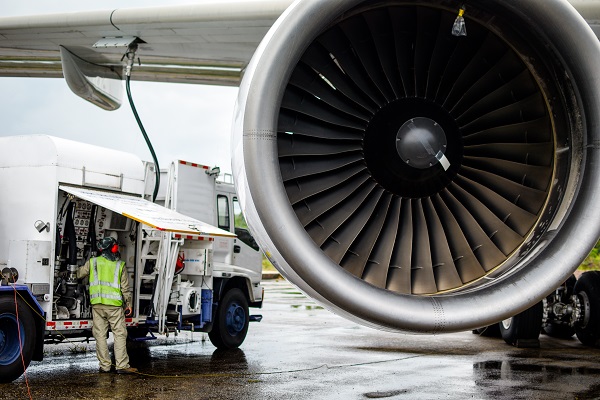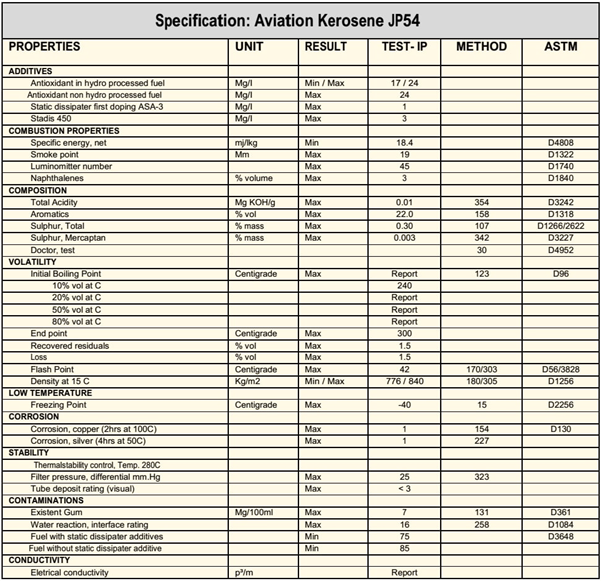
Overview of Aviation Kerosene Colonial Grade 54 Jet Fuel JP-54
Aviation Kerosene Colonial Grade 54 Jet Fuel JP-54 is formulated for aircraft powered by gas-turbine engines. It typically appears clear to pale straw in color. The most widely used jet fuels in commercial aviation are Jet A and Jet A-1, both produced according to strict international standards to ensure safety and performance. Jet fuel is composed of a complex blend of various hydrocarbons, carefully controlled to meet key product specifications such as freezing and smoke points. Kerosene-type jet fuels, including Jet A and Jet A-1, contain hydrocarbons with carbon atom counts ranging from approximately 8 to 16. In contrast, wide-cut or naphtha-type fuels like Jet B have hydrocarbons between 5 and 15 carbon atoms. Jet A-1 serves as the standard fuel specification globally, characterized by a minimum flash point above 38°C (100°F) and an autoignition temperature around 210°C (410°F), making it safe and reliable for diverse aviation needs.
Origin and Development of JP54
JP54 stands for “Jet Propulsion, A1, Colonial Grade 54.” In the refining process, only about 15% of crude oil yields JP54, while the remainder is utilized for producing various types of plastics and other petrochemical products. Originally developed under JP Morgan, Colonial Grade JP54 was eventually replaced by AVGAS, specifically AVGAS 100LL, for certain aviation applications.
JP54 closely resembles Jet A in many properties but differs in its specific energy—18.4 MJ/kg compared to Jet A’s 42.8 MJ/kg. Although less common today, JP54 is still recognized in some aviation sectors for its stability and clean-burning characteristics. It remains a reference point in the industry for understanding historical fuel types and refining advancements.

